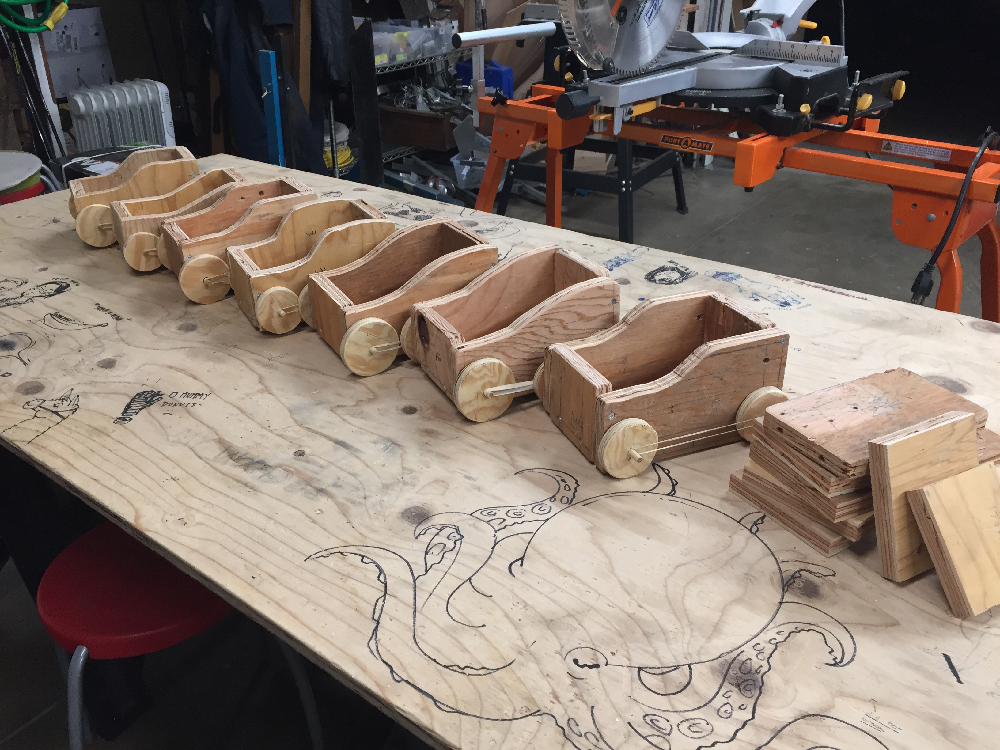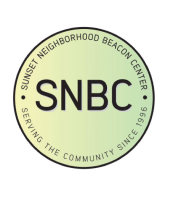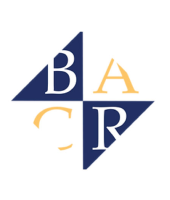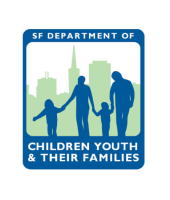Welcome back to The Art of Robotics! In my first post, I promised you an opener that would detail all the activities in each department of my Robotics Club, so here we go!
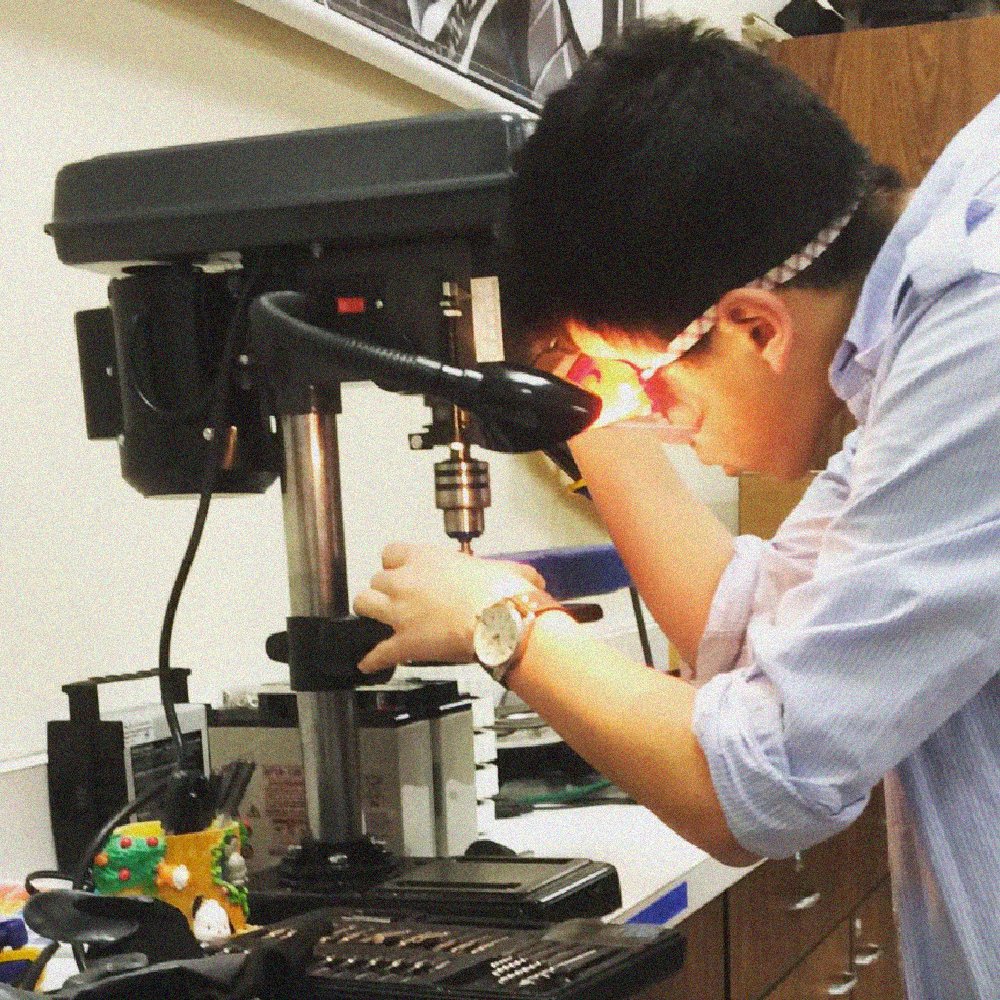
Hardware
At the beginning of the year, the Hardware department was the only one I was interested in joining, since it was the most hands-on one in the club. We began with a six-week woodworking workshop, in which we learned to use huge and threatening power tools, such as the chop saw below.
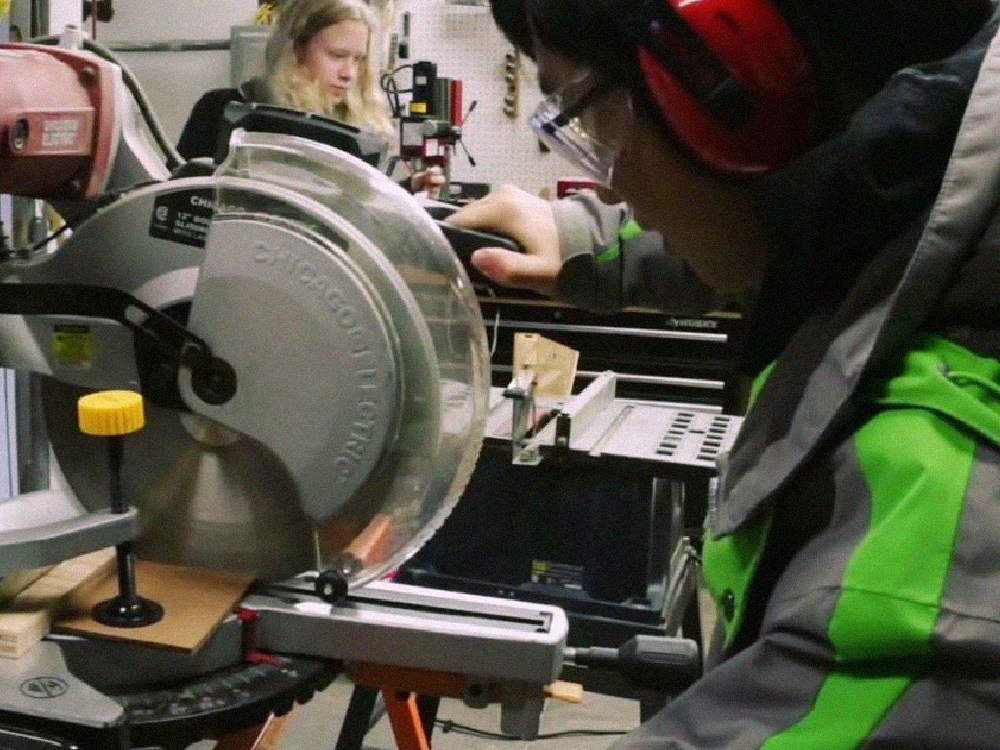
As part of the program, each of us learned how to use the power tools available to create a wooden racecar.
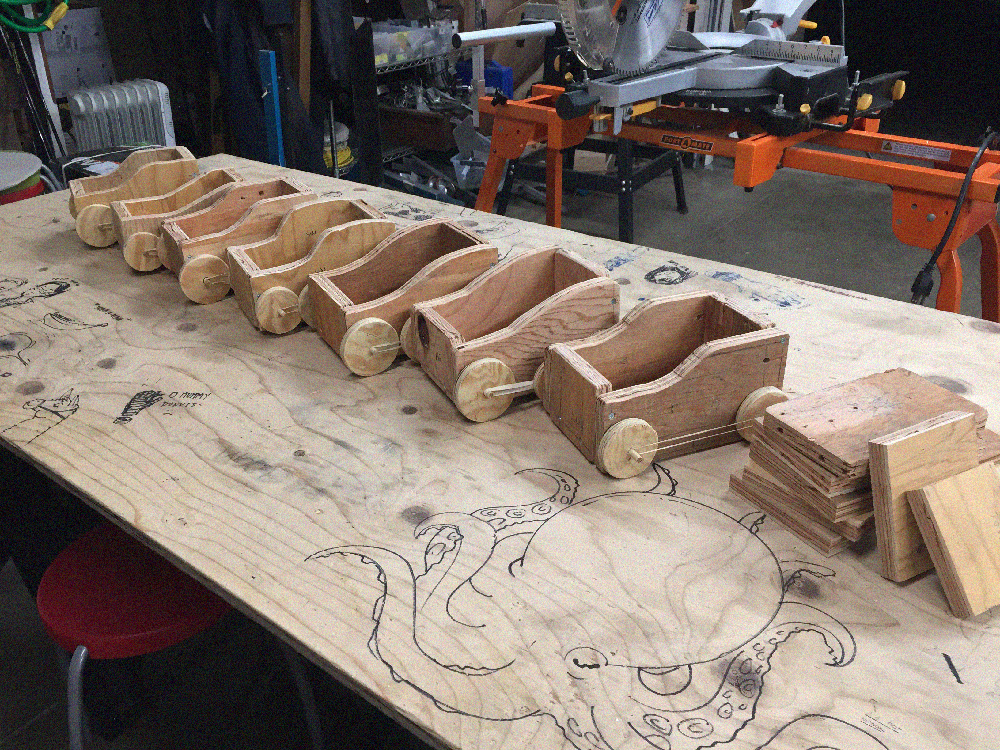
We were then tasked with creating a wooden shooter (my partner and I created a trebuchet which we never finished) to prove that we would be dedicated contributors to the team during “build season.” The biggest test of the projects was learning how to collaborate with the other engineers who we were paired up with. Fortunately, I passed the test and was admitted as a Mechanical Engineer on the team.
During build season (when the team assembles the robot), I learned how to single-handedly assemble the robot gears while taking on mini-projects.
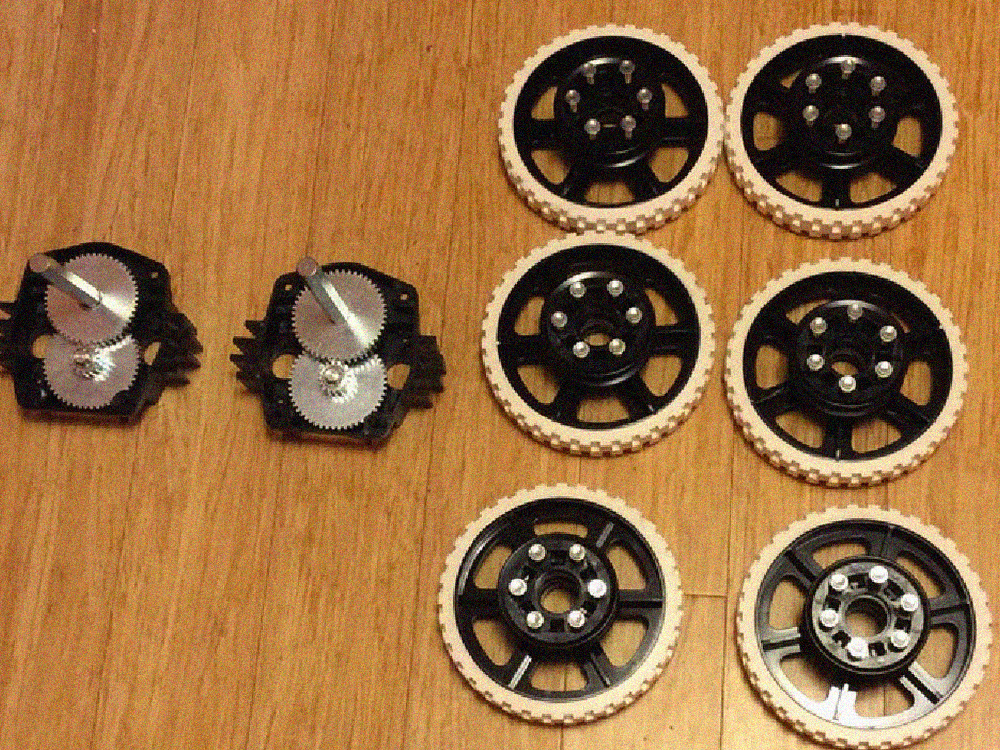
One of the most useful engineering skills I learned was computer-aided design (CAD), which is most commonly used by architects. Throughout the year, we used Onshape, a cloud design platform to draft up parts of the robot that we would be building. For example, below is my design of an encoder mount before assembly.
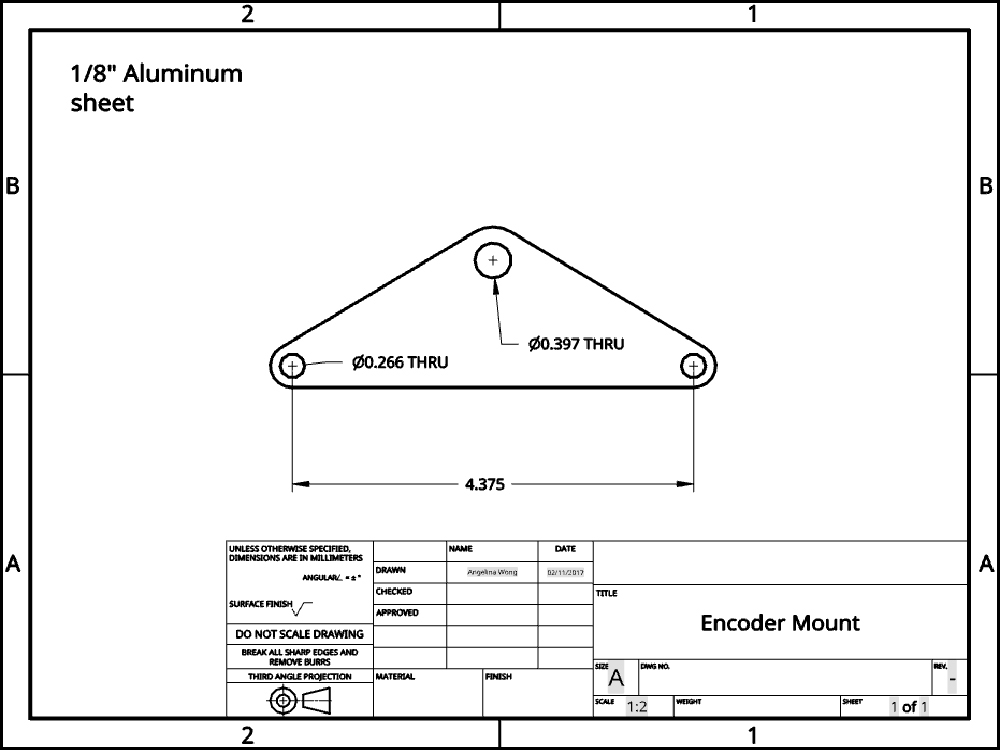
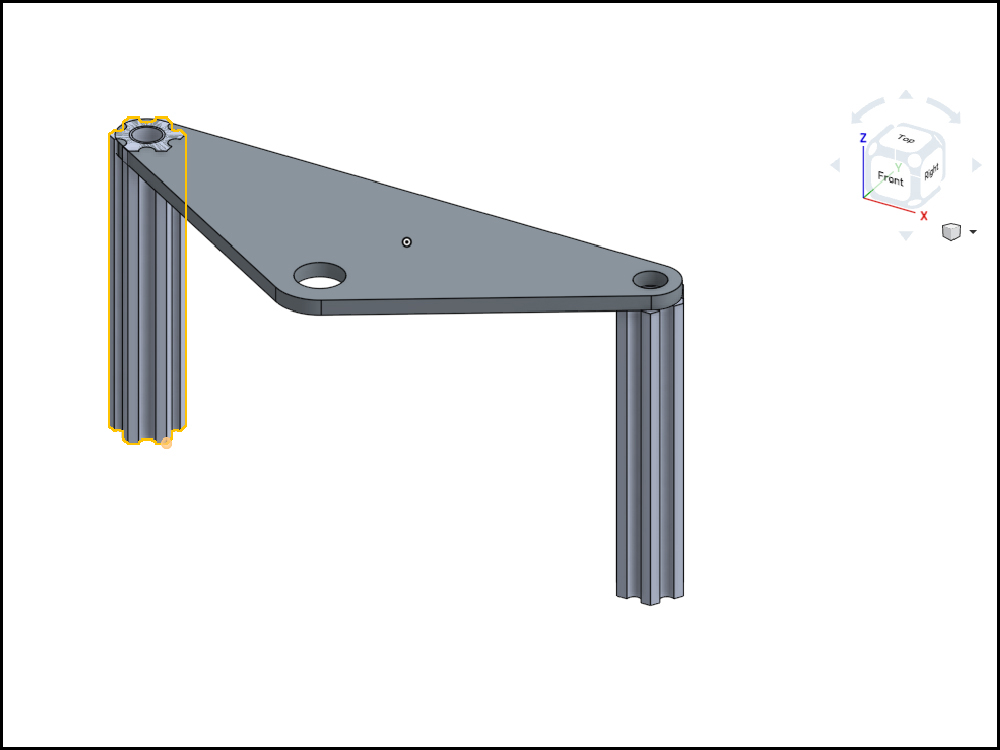
Assembly:
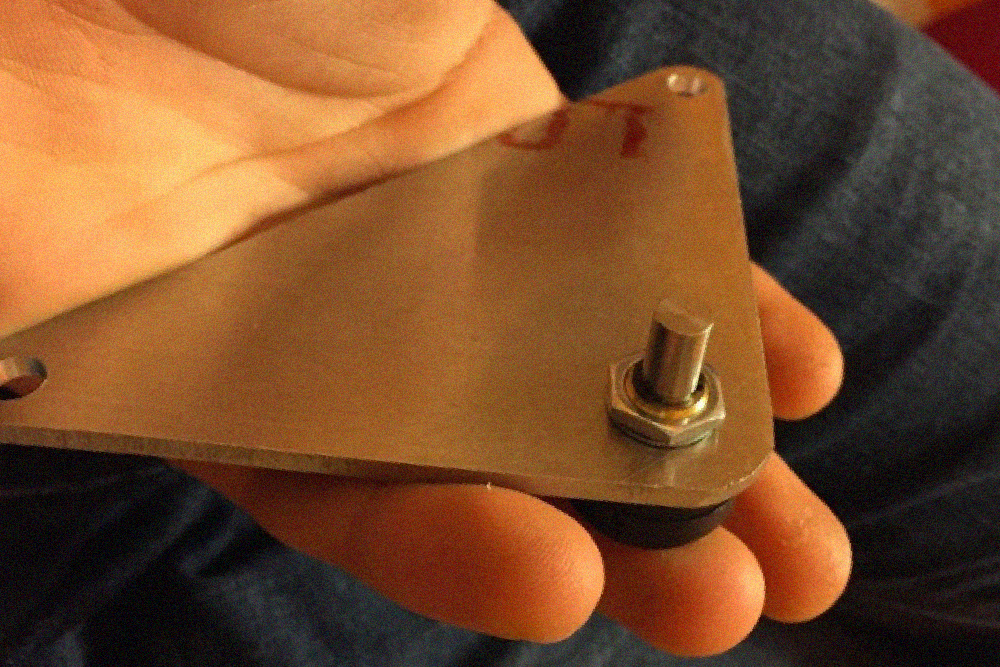
I’ve come to realize that what I’ve learned in one department can be applicable to another. This was especially true of Hardware and how it related to Business Development (aka Biz Dev). Much of the fundraising efforts that I initiated in Biz Dev were motivated by knowing the cost of the mechanical equipment. Thus, I phrased my pitches to potential sponsors by talking about how expensive the hardware materials were. People who understood this were also more likely to donate to our team. For example, there was a teacher at our school who realized how costly the hardware was and ended up donating $100.
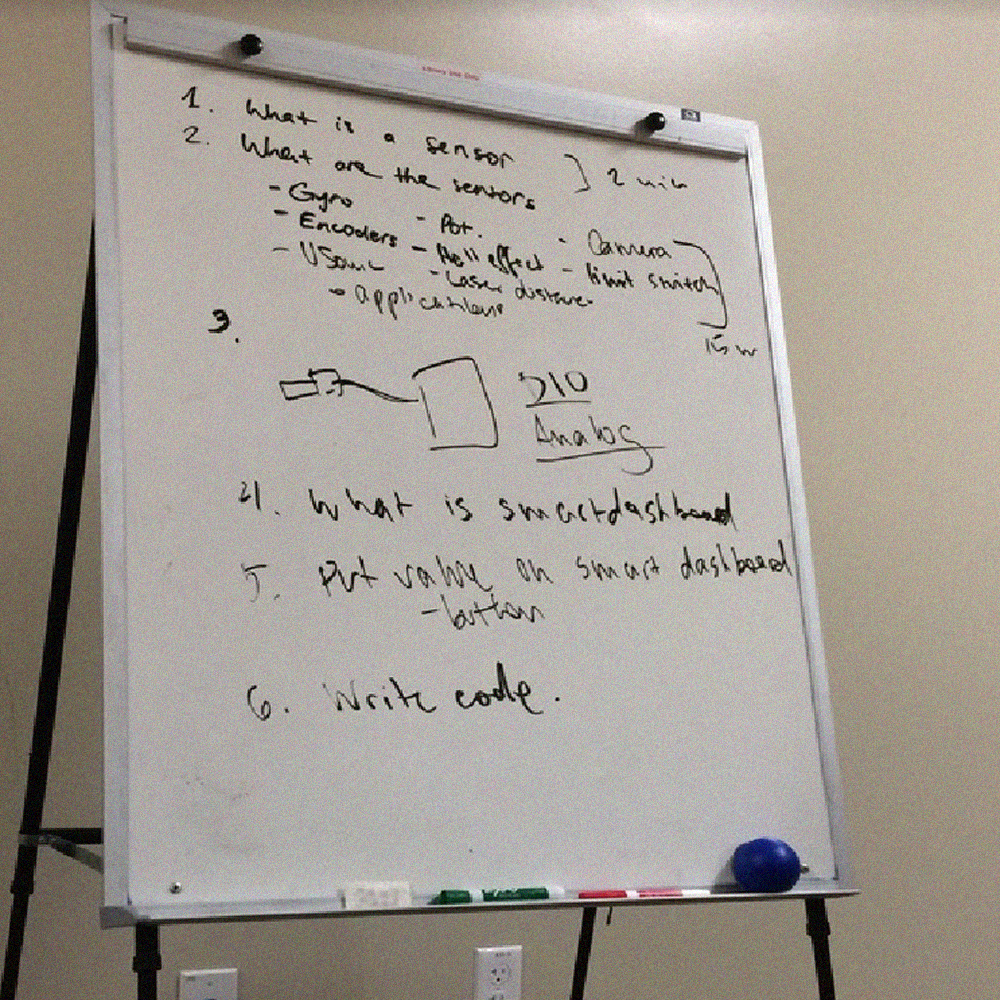
Software
At the beginning of the year, I had planned to be an active hardware engineer and software programmer, but after a few weeks of software meetings and projects, I realized that I wouldn’t be able to dedicate my time to this department. After the main competition, FIRST SteamWorks, however, I became more active as a software meeting attendee (even though I wasn’t directly doing any programming). This department taught me how to prioritize for my Biz Dev fundraising goals, i.e. I learned that for elevator pitches to potential investors, I didn’t need to talk so much about funding for software programs, since all the resources used in the department were free and easy to access.
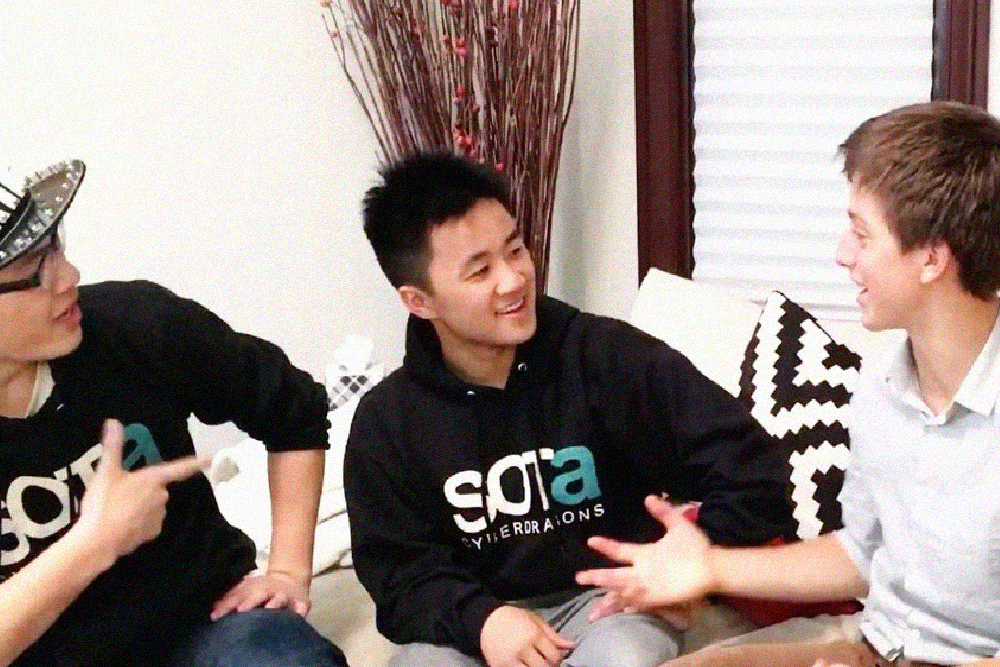
Business Development
Since this was the department that I directed, it deserves a post all of its own. Stay tuned to my column for a full story on Business Development.
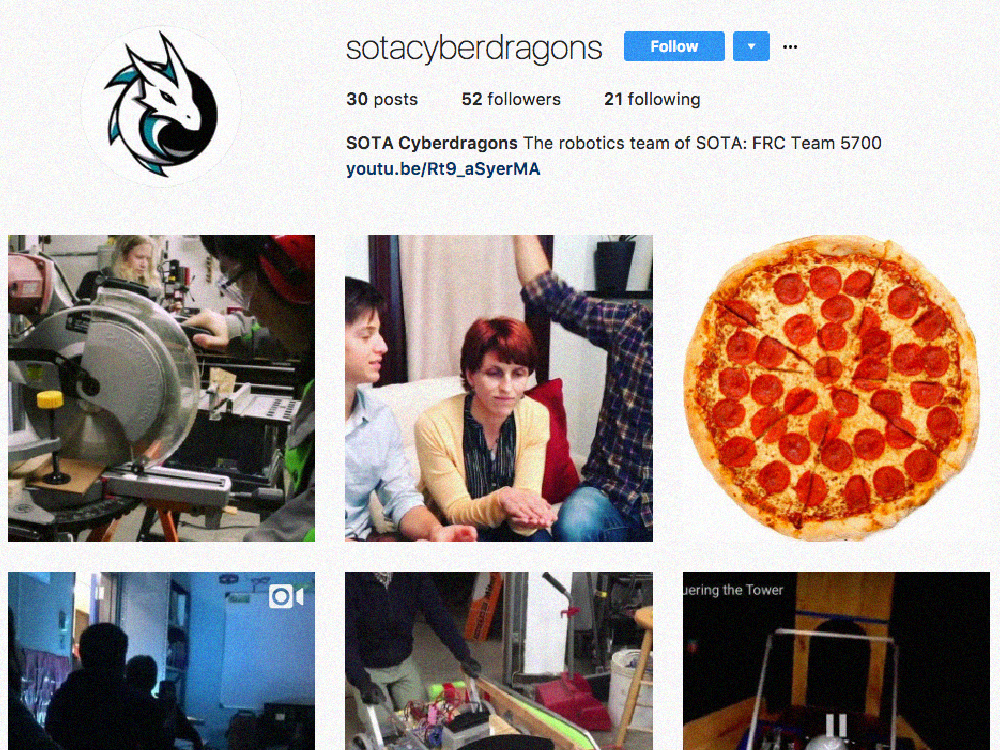
Public Relations
I collaborated with the Director of PR for the team—a senior at SOTA—to post activities about the club on Instagram and Facebook. This department was also key for the DOW video contest that we entered (there will be more info on that in another post as well).
As part of the Public Relations department, I also worked on the team site, team5700.org. Being able to customize the website was a great tie-in to Biz Dev. For example, I created the Donate Button on the site’s front page a day before Thanksgiving Break so that members could give pitches to their family and friends during their family dinners and ask them to donate directly through our site. The biggest takeaway was that I got to learn how to use Squarespace, a website building platform.
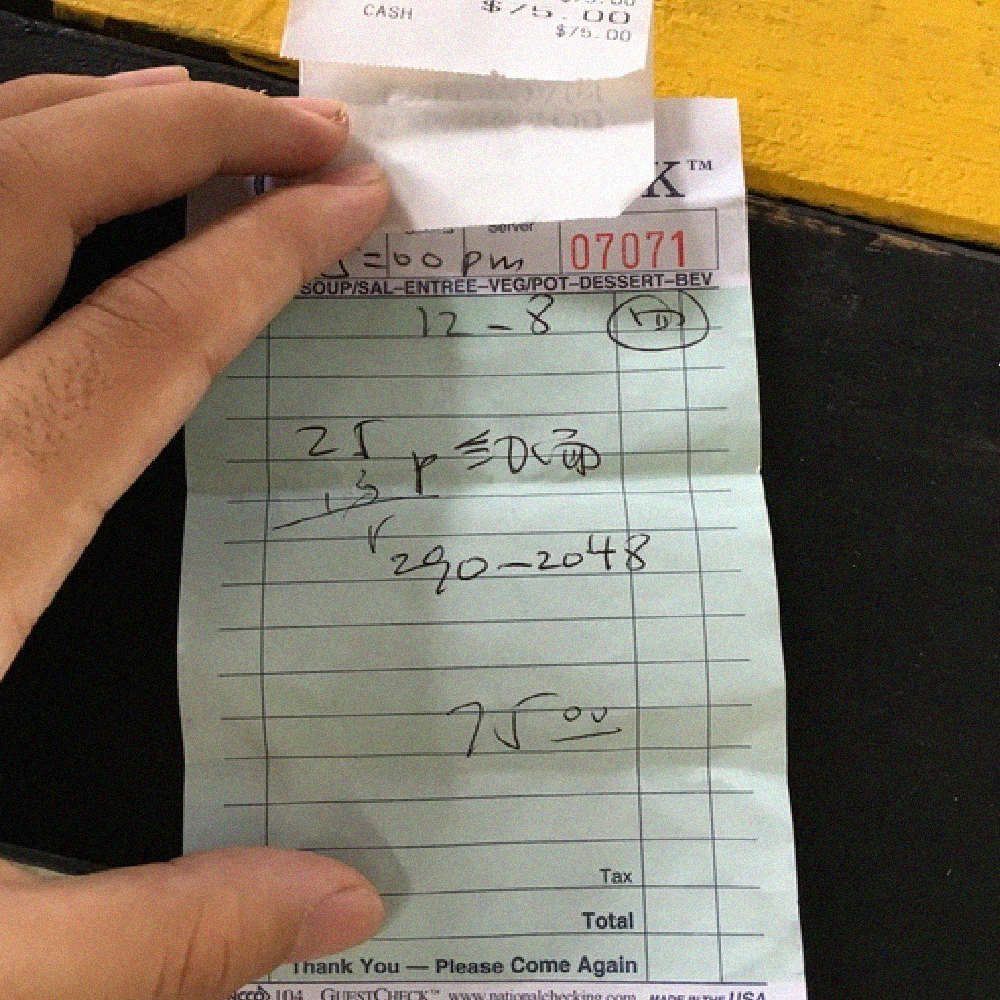
Accounting
This department went hand-in-hand with Business Development, since all the money we made from fundraising events needed to be deposited into our school foundation’s (Friends of SOTA) bank account in order to eventually be added to our club’s bank account. Not only did I learn how to write out a check and deposit form, but I also learned how to arrange quick meetings with the Accounting Director of the club, prompting me to speak as rapidly and efficiently as possible while getting to my point.
I also had to meet several times with FoSOTA’s accountant many times to discuss what the money would be used for. For example, I was working on the team website when I found out that the Squarespace subscription plan had ended. Frustrated, I hurried over to the accountant’s office to meet with her and discuss drawing from the team fund to cover the subscription fee. In the end, everything worked out fine, and I made connections that proved useful during my time in Business Development.
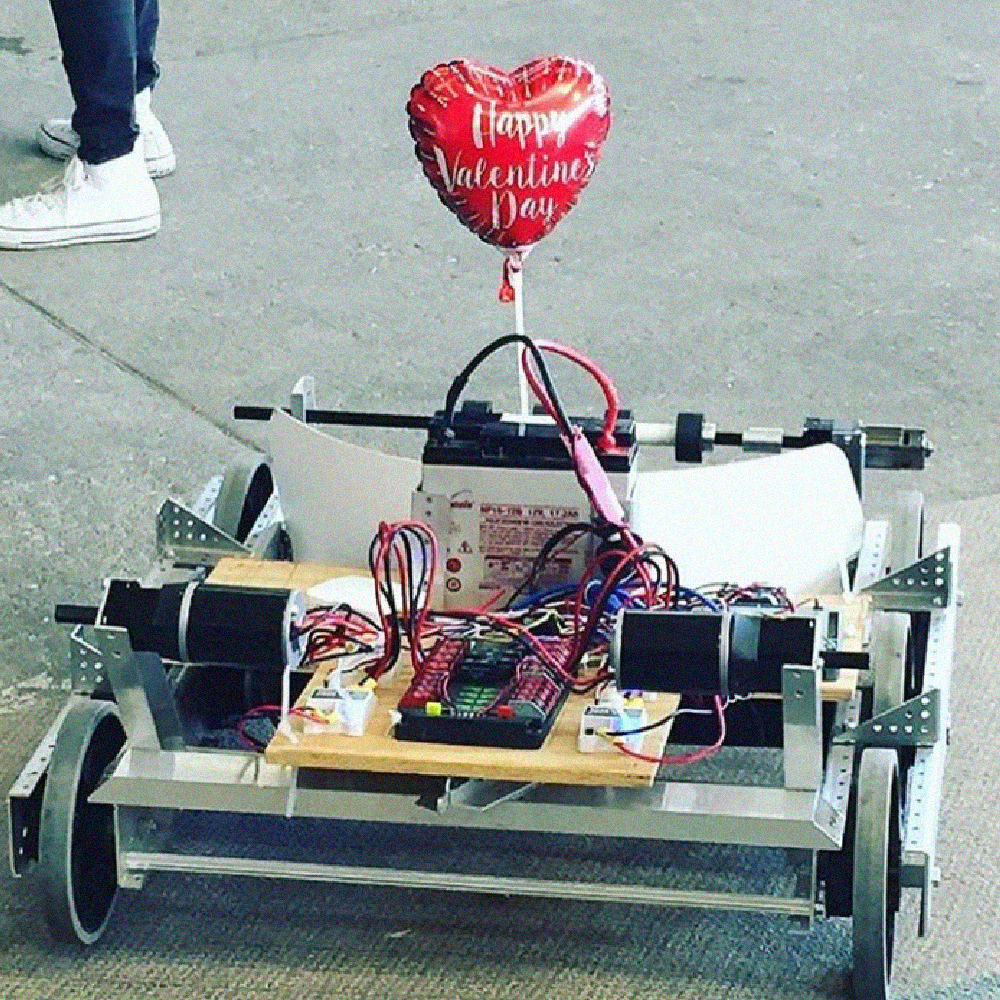
Logistics
Logistics is a department that directly collaborates with Business Development for many fundraising events. We hosted many events, including Pi day, which you will learn more about in another post.
Thank you for visiting my column. Feel free to share this with as many friends, family members, and anyone who might be interested in robotics or how to run a successful club. Stay updated for the posts I promised above and visit our team site at team5700.org for more info!

